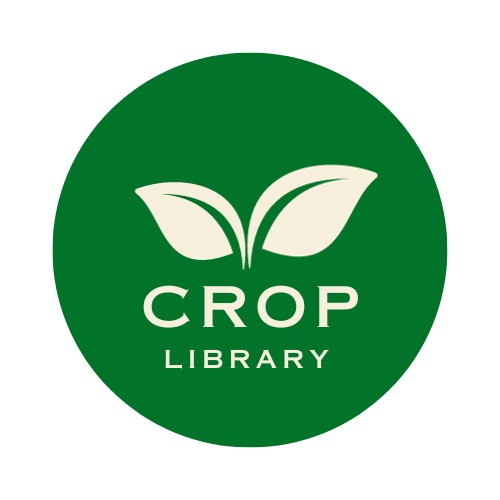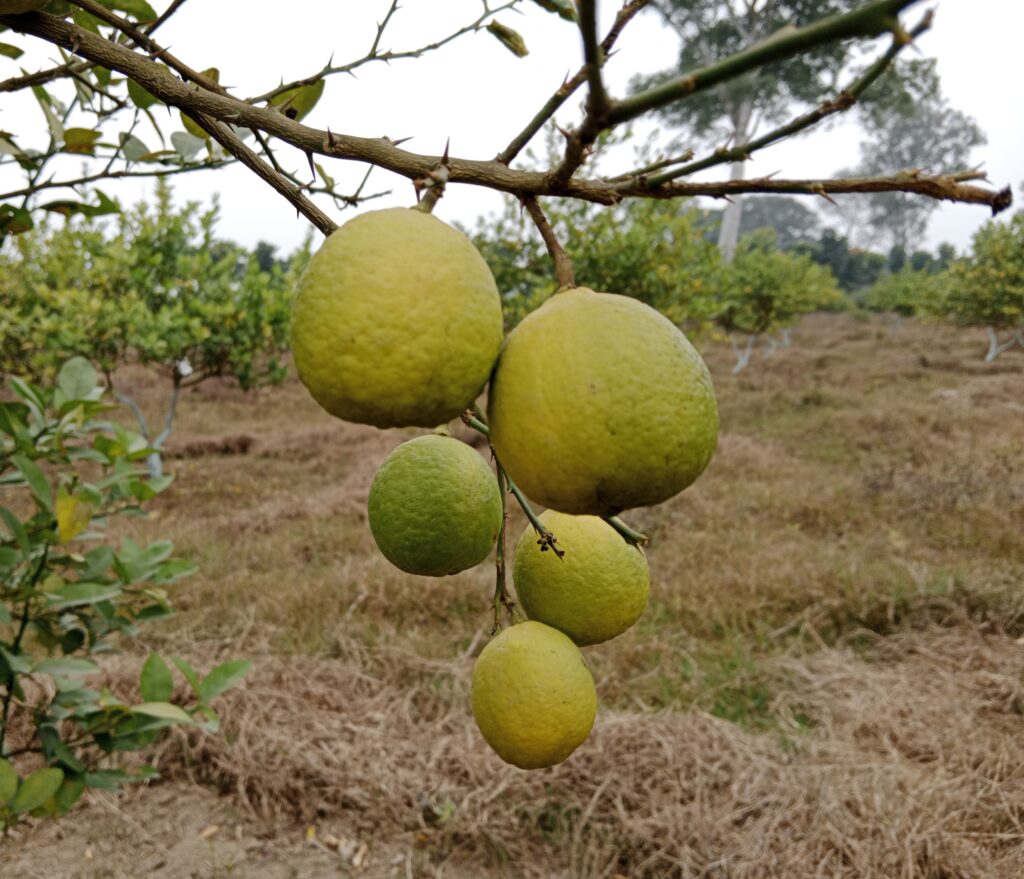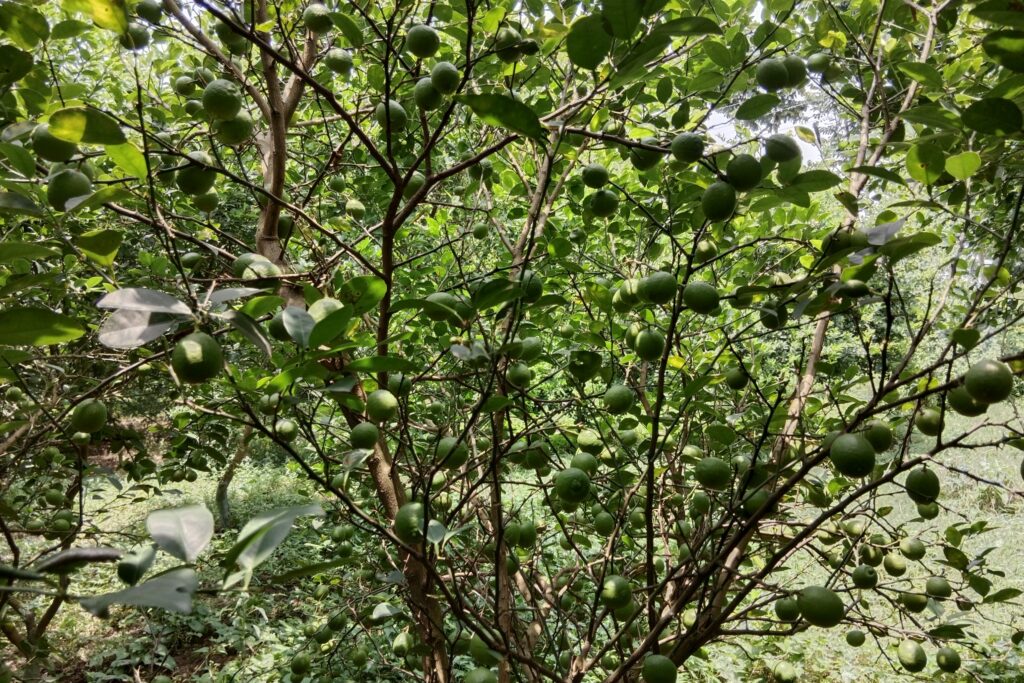Introduction
Lemons are a popular and adaptable fruit that enhances a variety of foods, including meals with meat, sweets, and lemonade, with a spicy and refreshing flavor. You’ve come to the right site if you’ve been wondering when the greatest time is to buy lemons. The interesting subject of lemon seasons will be covered in this section, along with information on when they happen and where to find the most delicious, most tasty lemons.
Citrus originated in Southeastern Asia, ranging from eastern Arabia to the Philippines and from the Himalayas south to Indonesia and Australia. The specific center of origin is Northeastern India and northern Burma.
Understanding Lemon Seasons
Lemon trees are evergreen, which means they bear fruit throughout the year. Generally, lemons start flowering in winter and are ready to harvest in spring or summer. The quantity and quality of lemons can vary depending on the lemon season and location. Here’s a breakdown of the lemon seasons:
Spring
Lemons are typically harvested in spring which is the peak lemon season in most parts of the world. From March through May, lemon trees are laden with fruit, making this the best time to enjoy their vibrant, tangy flavor. In the countries like United States, Canada, Russia, China, India, Nepal, the United Kingdom, France, Germany, Japan, Brazil, Mexico, Canada, Italy, Spain, Turkey, and Sweden, this period aligns with the end of winter and the start of warmer weather, making it a perfect time for lemon-themed recipes and drinks.
Summer
While spring may be the peak season, lemons continue to flourish into the summer months. The warm weather allows for a steady supply of fresh lemons from June to August in countries like Australia, Argentina, Brazil, and Chile, where the seasons are reversed, summer (December to February) is prime lemon season.
Fall and Winter
Lemon production starts to decline in the fall and winter months. You can still find lemons during this time, but they may not be as abundant or as flavorful as during the warmer seasons. Keep in mind that lemon trees in some regions may still produce fruit year-round due to their evergreen nature.
Types of Lemon
Eureka Lemon

Eureka lemons are the most common, known for their medium size, vibrant yellow color, and classic tangy, acidic flavor. They are versatile, and widely used in cooking and for their juice.
Meyer Lemon
Smaller and rounder, Meyer lemons have thin, orange-yellow skin and a sweeter, less acidic taste. They are often favored in desserts and cocktails.
Lisbon Lemon
Similar to Eureka lemons in appearance and flavor, Lisbon lemons are also widely used for culinary purposes and their juice.
Kaffir Lime Lemon
These lemons are distinctive for their bumpy skin and are primarily valued for their aromatic leaves and zest in Southeast Asian cuisine. The juice is less commonly used.
Ponderosa Lemon
These large lemons have a sweeter, less acidic taste but have a thicker rind, making them less suitable for juicing.
Variegated Pink Lemon
Notable for their yellow and green-striped skin and pinkish flesh, these lemons are used for both flavor and their visually appealing presence in dishes and beverages.
Finger or Buddha’s Hand Lemon
These lemons are unique for their elongated, finger-like segments and strong lemon fragrance, mainly used for zest and as a decorative element in cooking.
Lemon Season by Varieties
Lemon varieties can have slightly different harvest seasons, but generally, they follow a yearly pattern:
Eureka and Lisbon Lemons
These are the most common varieties and are typically in season during the late winter and early spring months, from January to April.
Meyer Lemons
Meyer lemons have a more extended season, with a peak during the winter months from December through April.
Kaffir Lime Lemons
They are available throughout the year but are often harvested more intensively in the late summer and early fall months.
Ponderosa Lemons
These larger lemons are usually available from late fall to early spring, peaking in the winter.
Variegated Pink Lemons
Usually available from late autumn to early spring.
Finger or Buddha’s Hand Lemons
Lemons with fingers or Buddha’s hands are generally available year-round, however, they can be more common in the late fall and early winter.
Remember that the precise timing can change based on the region and environment, so it’s essential to find out what’s happening locally before using a certain lemon variety.
Factors influencing lemon season.
The lemon season, like the production of many crops, is influenced by various factors that can affect the quality, quantity, and timing of lemon harvests. Here’s an overview of some of the key factors affecting the lemon season:
Climate and Weather Conditions
Lemons thrive in a subtropical to tropical climate. Frost, extreme heat, or prolonged periods of rain can damage lemon trees, affecting fruit quality and yield. Ideal conditions include a mild winter for fruit development and a warm, dry summer for ripening.
Rainfall and Irrigation
A healthy lemon tree requires a sufficient amount of evenly distributed rainfall. The annual rainfall ranges for lemons are from 900 to 3000 millimeters. Several issues, such as illness and fruit cracking, can result from either excessive or little rainfall. To keep the soil’s moisture content constant, farmers frequently depend on irrigation.
Temperature
Temperature variations can affect lemon trees, especially in lemon season. For lemons, 10°C to 35°C is the ideal temperature range; however, temperatures above 40°C may cause harm to the newly emerging leaf. Moreover, temperatures over 50°C have a detrimental effect on tree growth. Extremely high temperatures can stress plants and interfere with fruit production, while cold temperatures can harm or even kill trees. Places that frequently experience cold spells may need to take precautions against frost.
Pests and Diseases
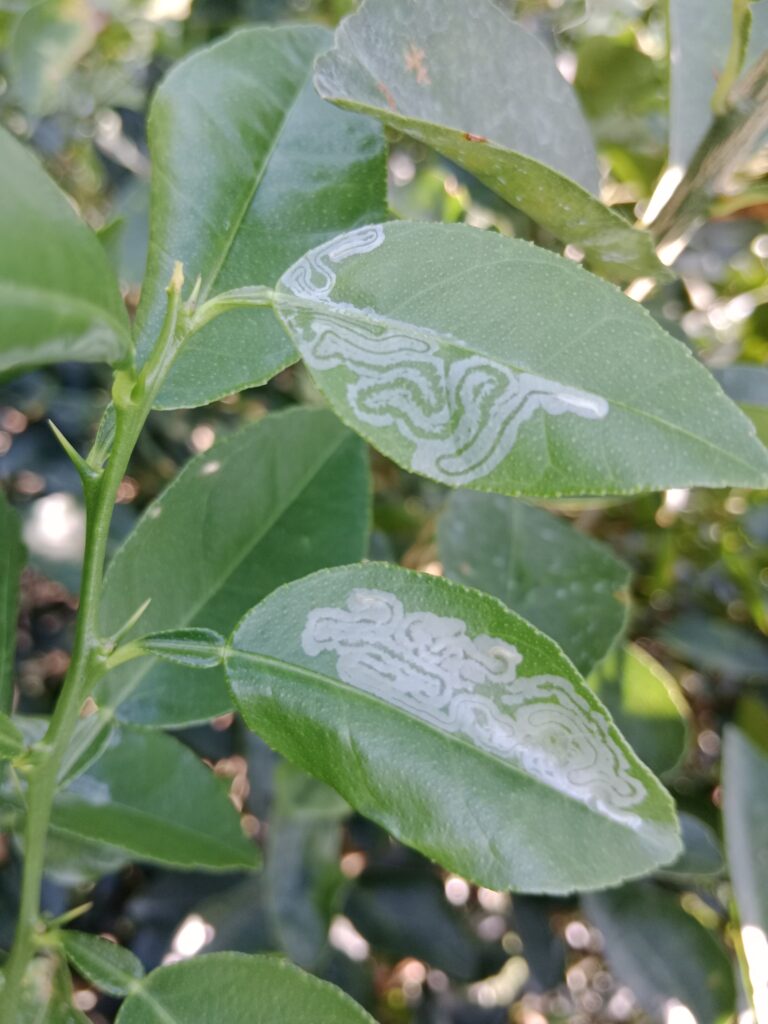
Lemon orchards are susceptible to destruction by pests such as leaf minor, lemon butterfly, and diseases like citrus canker, and citrus gummosis. To safeguard their crops, farmers must create efficient plans for managing diseases and controlling pests.
Soil Quality and Nutrition
Citrus trees typically have shallow root systems and prefer sandy, well-drained soils. The type and condition of the soil used to plant lemon trees might affect how much fruit they produce. In order to promote healthy tree growth and fruit development, the pH range should be between 5.5 to 7.5.
Pruning and Tree Care
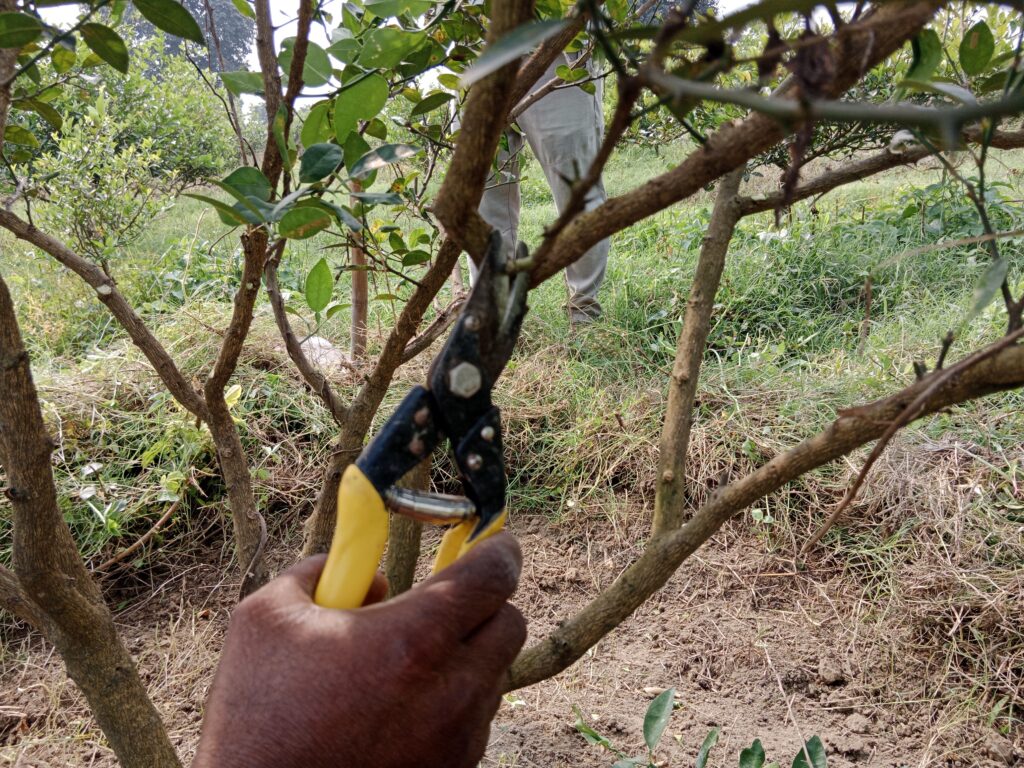
Pruning and proper care of lemon trees can influence the timing and size of the harvest. Regular maintenance, including pruning to remove dead wood and promote new growth, is essential.
Cultural Practices
Factors such as planting density, row orientation, and spacing between trees can affect the amount of sunlight, air circulation, and overall health of the lemon orchard.
Market Demand and Prices
Economic factors, including market demand and prices, can influence when farmers choose to harvest lemons. Farmers may delay or expedite harvest based on market conditions.
Overall, the lemon season is a complex interplay of natural factors, agricultural practices, and economic considerations. Successful lemon cultivation requires careful management of these factors to ensure a productive and profitable harvest.
Nutrition in Lemon
Citrus fruits like lemons, which are prized for their sour taste, are packed with vital nutrients and health advantages. An outline of the nutrition in lemons is as follows:
Vitamin C
Lemons contain an abundance of vitamin C, a potent antioxidant that can enhance the immune system, support skin health, and accelerate the healing of wounds. It contains 53 mg per 100g of lemon. Just one average-sized lemon can supply more than half of the daily recommended amount of vitamin C.
Dietary Fiber
The presence of dietary fiber in lemons not only assists in regulating blood sugar levels and supporting digestion but also plays a role in enhancing cardiovascular well-being. Moreover, fiber promotes a sense of satiety, potentially contributing to weight management. And contains 2.8g of dietary fiber per 100g of lemon.
Potassium
Lemons are a source of potassium, a vital mineral that is involved in the maintenance of healthy muscle and nerve functions, and the regulation of blood pressure. And contains about 138 mg of potassium per 100g of lemon.
Citric Acid
Lemons have a significant amount of citric acid, which can potentially reduce the risk of calcium-based kidney stones by increasing both urine volume and pH levels.
Antioxidants
Lemons contain flavonoids and limonoids, two extra antioxidants that, in conjunction with vitamin C, can provide protection to cells against oxidative harm and reduce the chances of developing chronic diseases.
Low in Calories
Lemons are low in calories and can be used as a flavor or in drinks, so including them in your diet is a health-conscious move.
Alkalizing Effect
Despite their naturally acidic nature, lemons have an alkalizing effect on the body during digestion, which can assist in maintaining a pH equilibrium.
Weight Management
Because lemons contain fiber, which can successfully suppress hunger and lower calorie consumption, they are a useful tool for anyone trying to reach and stay at a healthy weight.
Skin Health
Lemons include vitamin C, essential for synthesizing collagen, which supports the maintenance of youthful-looking skin.
Digestive Health
Lemon juice can speed up the process of digestion by improving overall digestive function and promoting the production of digestive enzymes.
While including lemons in your diet might be beneficial, it’s important to remember that moderation is key to a balanced diet. Lemon season juice in moderation is generally safe for most people to consume. However, lemon juice’s acidity may damage your teeth’s enamel. Instead of cleaning your teeth right away after ingesting lemon juice, you should, as a precaution, rinse your mouth with water to stop enamel erosion.
Uses of Lemon
- They are used for their juice in cooking, enhancing dishes and dressings.
- Lemon zest, obtained from the peel, adds a citrusy aroma to various recipes.
- Lemons are rich in vitamin C, supporting immune system health.
- Their acidity makes them effective natural cleaners for stain and odor removal.
- Lemon’s fragrance is used in aromatherapy, promoting relaxation and mental clarity.
- They have culinary, health, and household applications, making them highly versatile.
Ripening Indicators of Lemon
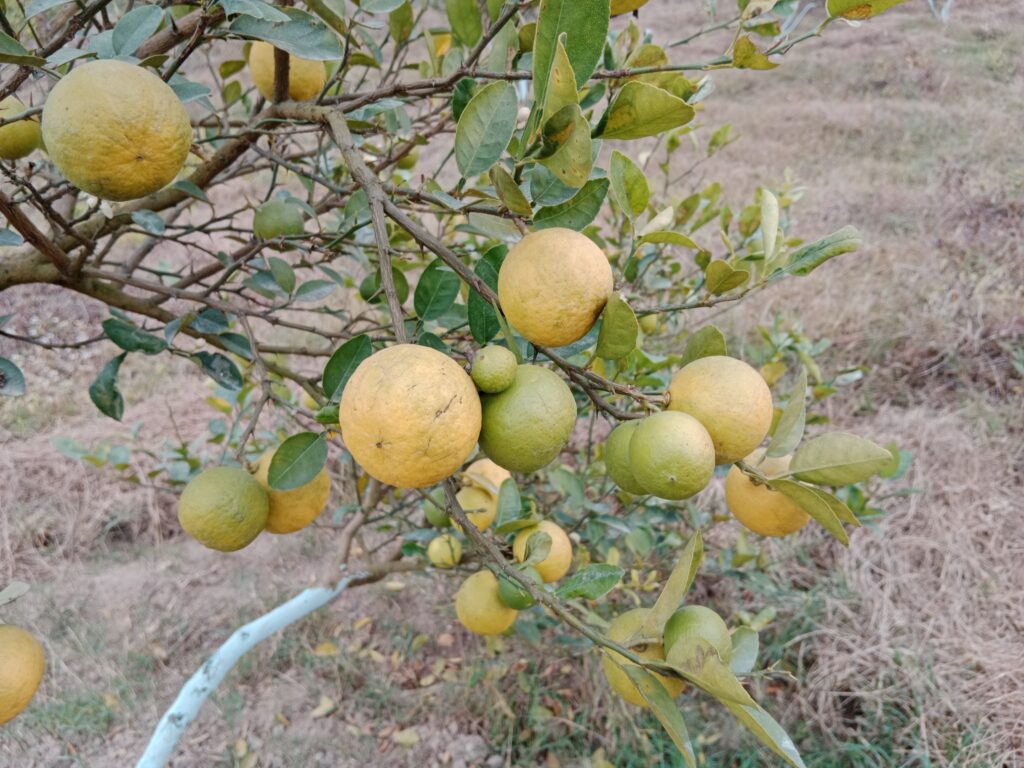
Lemon fruit has no well-defined physiological maturity stage.
- Fruit is edible several weeks or months before full maturity.
- Harvested when the fruit is mature enough to be eaten.
Commercial harvest time is determined by.
- Fruit skin color turned yellow.
- Brix value of the lemon.
- The acid content of the fruit.
Tips for Harvesting Lemons in Lemon Season
Harvesting lemons properly is crucial to ensure optimal flavor and quality. Citrus vines that bear lemons continue to ripen even after they are harvested. This implies that after being brought home, ripe lemons may turn yellow. Here are some essential tips for harvesting lemons:
Timing
Wait until the lemons are fully ripe. Ripe and unripe citrus fruits can grow simultaneously on lemon trees during the lemon season. They should have reached their mature color, often a bright yellow, and feel firm but slightly yielding when gently squeezed.
Use Pruning Shears
The lemons during the lemon season on the tree should be chopped down using clean, sharp pruning shears. By doing this, harm to the trees and other fruits is avoided.
Twist and Pull
Alternatively, twist the fruit gently and then pull it from the tree to avoid tearing the branch or damaging the fruit.
Avoid Pulling
To prevent harm to both the fruit and the tree, never remove lemons by hand straight from the tree.
Leave a Short Stem
Keeping a tiny bit of the lemon’s stem connected helps increase its shelf life.
Handle with Care
To avoid bruises or skin harm, handle gathered lemons gently.
Inspect for Pests and Disease
Throw away any fruit that appears to be afflicted by fruit borer or diseases.
How to Store Them
Lemons should be kept in a cool, dry place away from direct sunlight to ensure freshness.
By following these tips, you may ensure that your lemon season tree yields a bumper crop of excellent lemons.
Where to Find Fresh Lemons
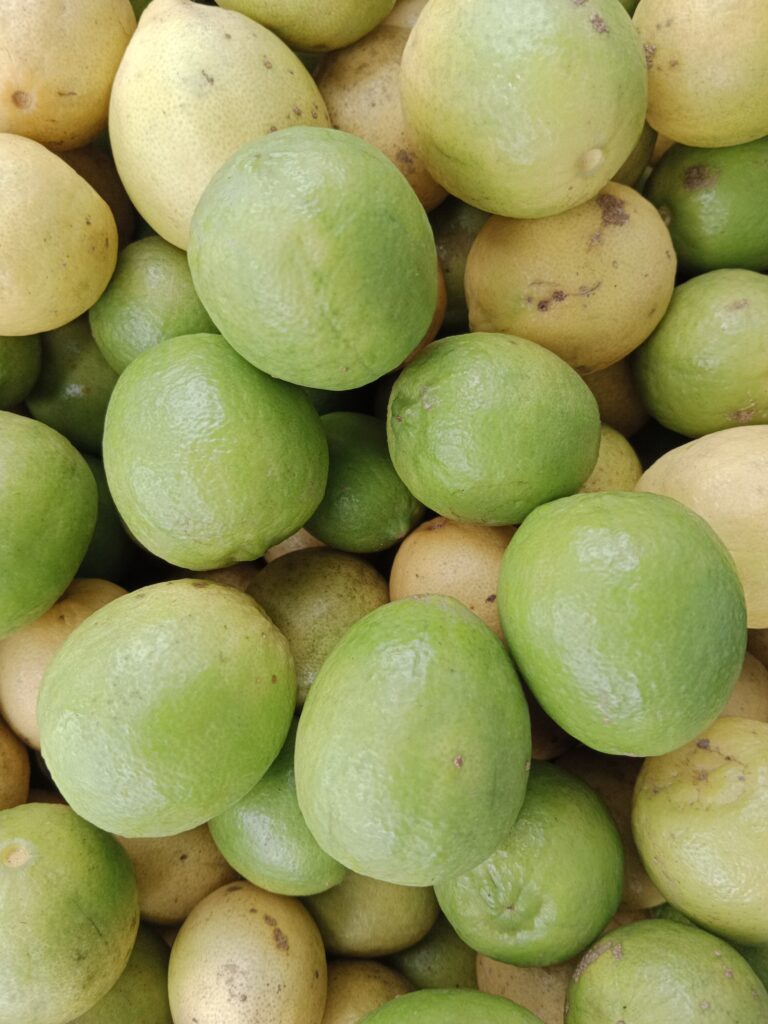
The lemon season and where you live will determine what fresh lemons are available. Here are some pointers for locating the freshest lemons:
Grocery Stores
Although lemons are generally available year-round, they are commonly freshest and most economical in the lemon season during spring and summer. For the highest quality, look for organic and locally grown products.
Farmer’s Markets
Getting your hands on freshly harvested, locally grown lemons is a terrific way to visit your local farmer’s market. These lemons are frequently sourced sustainably and have greater flavor.
Homegrown
If you’re willing and able, think of cultivating your lemon season tree. This gives you control over the quality and a steady supply of fresh lemons.
Internet merchants
A plethora of internet merchants sell a variety of lemon-related goods, such as sauces, sweets, and preserves, in addition to fresh lemons. Lemons come in a variety of varieties and seasons.
Finally, the lemon season varies based on the time of year and where you live. But for the freshest and tastiest lemons, spring and summer are usually the ideal lemon seasons. Lemons are a pleasant complement to any culinary pursuits, whether you grow them in your backyard or get them from the local grocery shop or farmer’s market. Thus, feel free to indulge in the sweet, tart flavor of lemons whenever you like, but remember to appreciate them at their optimum for optimal flavor and quality.
FAQs
Q1. Which month is best for growing lemons?
Lemons are typically grown in regions with a mild, subtropical to tropical climate. They thrive in temperatures between 25°C and 30°C. In general, lemon trees prefer warm temperatures and are sensitive to frost.
It is better to plant lemons in the spring (March, April & May) when the weather is getting warmer if you intend to cultivate them outside. By doing this, the trees can establish their root systems ahead of the winter. But you might be able to grow lemons all year round if you are growing them in a controlled environment, like a greenhouse.
Q2. How to prune a lemon tree?
Pruning a lemon tree is crucial for its health and productivity. The best time for pruning is late winter or early spring. Start by removing dead, damaged, or diseased branches, then thin out crowded growth to enhance air circulation and sunlight exposure. Shape the tree into a rounded or vase shape, encouraging a balanced structure. Eliminate suckers and water sprouts to redirect energy toward fruit production. Manage the tree’s height as needed but avoid over-pruning to prevent stress. Seal larger cuts with pruning sealer or paint and conduct regular maintenance throughout the growing season. Keep tools clean to prevent disease spread and seek local advice for specific varieties and climate considerations.
Q3. Why is my lemon tree losing leaves?
There are seven key reasons for lemon leaf drop:
- Nutritional Deficiency
- Improper Pruning
- Overwatering or underwatering.
- Pest and Diseases
- Environmental stress
- Transplant shock.
- Lemon trees naturally drop leaves during the season shift.
